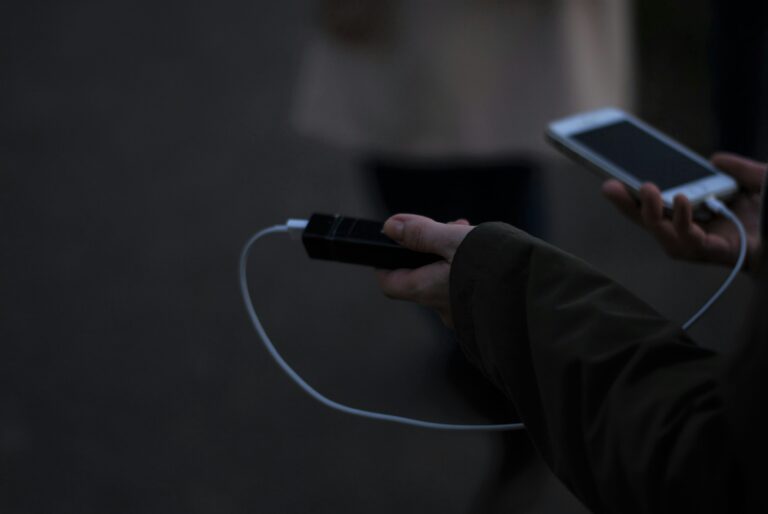Power banks are becoming a no-go item on more flights. Expert reveals why airlines are cracking down and how it could affect your travel plans.
In recent years, a growing number of airlines have implemented restrictions or outright bans on carrying power banks during flights. What was once an essential travel accessory is now increasingly being scrutinised by air travel safety authorities. But why are airlines suddenly cracking down on these small, yet potentially dangerous, devices?
Power banks, or portable chargers, have become indispensable for travellers in the digital age. Whether it’s charging a phone during a long flight or ensuring a laptop stays powered up for work, power banks offer a convenient solution. However, these devices pose a hidden risk that has prompted airlines to re-evaluate their policies.
“The main issue with power banks is the lithium-ion batteries they contain, which, if damaged or faulty, can pose a fire hazard. A malfunctioning power bank can overheat, catch fire, or even explode, which is particularly dangerous in the confined space of an aircraft.”
Lithium-ion batteries are known to be volatile, and when they are exposed to high pressure or extreme temperatures, such as during a flight, the risks increase. As a result, the International Air Transport Association (IATA) has recommended that power banks be carried in carry-on luggage only and limited to specific watt-hour ratings to mitigate the risk of fire.
Why Are More Airlines Joining the Ban?
The airline industry’s heightened caution around power banks comes after several incidents of fires caused by malfunctioning batteries. While these incidents have been rare, they’ve been enough to spark widespread concern among airline safety experts. “It’s no longer merely a matter of inconvenience. The safety of all passengers and crew members aboard the aircraft is the primary concern, and even a single incident can have far-reaching consequences.”
Airlines such as Qantas and Emirates have recently introduced stricter rules regarding power bank transportation. While these policies may vary slightly from one airline to another, most have begun enforcing size limits or outright bans on larger capacity power banks.
“Airlines aren’t banning power banks because they want to inconvenience passengers. They are taking these measures to ensure passenger safety by reducing the chances of a catastrophic event occurring at 30,000 feet.”
What Passengers Need to Know
For travellers, understanding the new restrictions can save a lot of hassle. “The key thing to remember is to always check the specific airline’s policy before you fly,” advises Pearson. “If you’re planning to bring a power bank, ensure it’s within the allowed watt-hour limit, which is usually between 100 and 300 watt-hours. Also, pack it in your carry-on, never in your checked luggage.”
Additionally, some airlines are now allowing power banks with a watt-hour rating of up to 300, but only if they are carried in the cabin and not in the hold. Smaller devices (under 100 watt-hours) are generally not subject to restrictions, making them a safer bet for passengers who want to avoid complications.
For those carrying larger power banks, Pearson advises considering alternatives, such as charging the device before travel or seeking out airports that offer charging stations to avoid the risk altogether. “A little extra preparation can go a long way.”
The decision to restrict power banks on flights may seem like an inconvenience, but it’s a necessary precaution. With the risks associated with lithium-ion batteries, airlines have a duty to prioritise safety above all else. “The airline industry is continually adapting to emerging safety concerns. This ban on power banks is just another step toward ensuring safer, more secure flights for everyone.”
